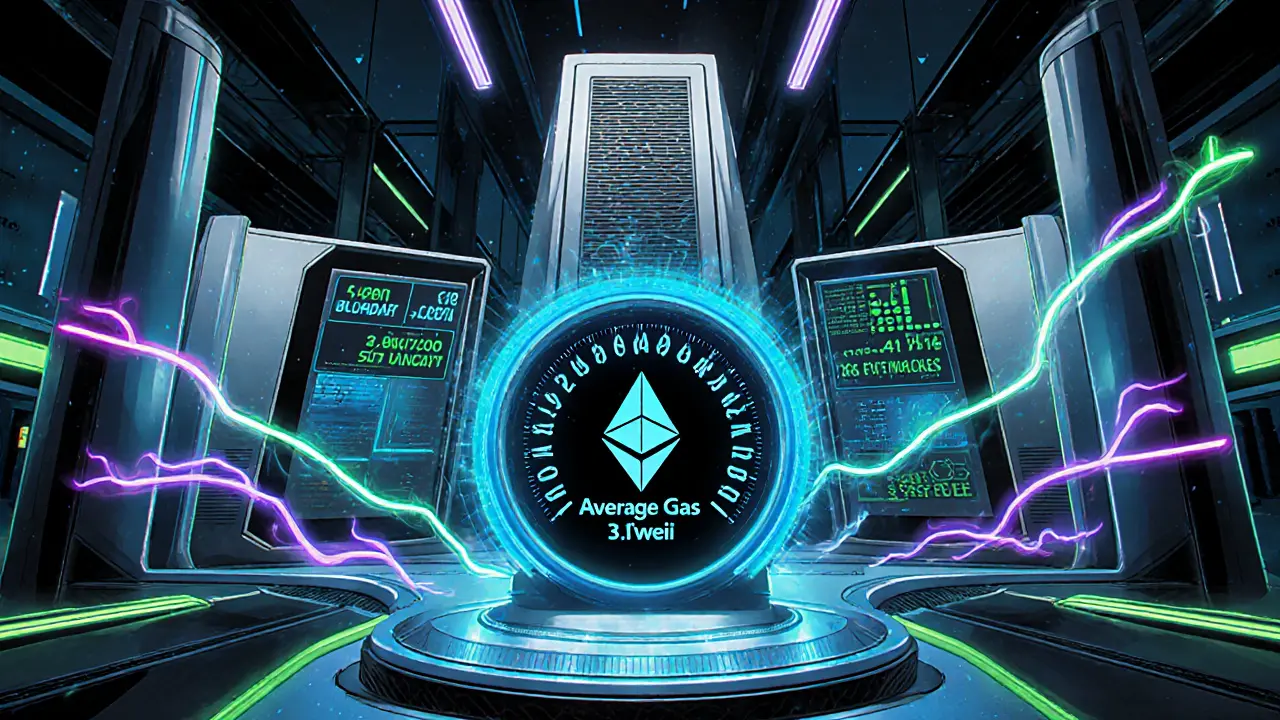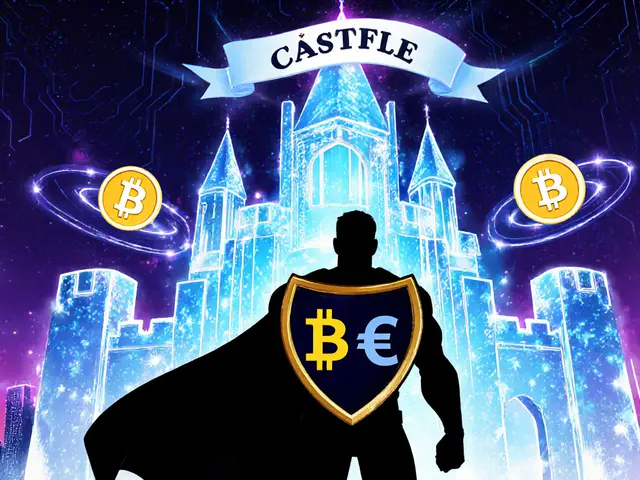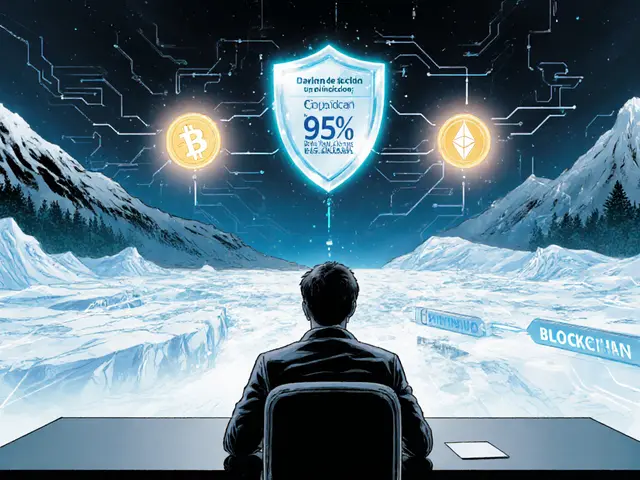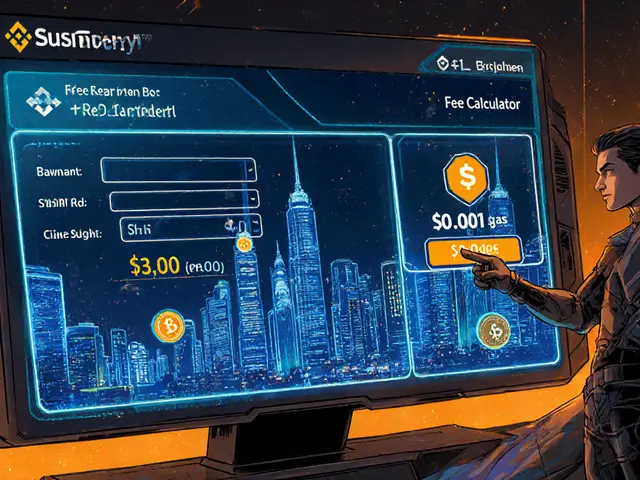EIP-1559: What It Is and Why It Matters
When working with EIP-1559, a protocol upgrade that overhauls Ethereum's transaction fee model. Also known as Ethereum Improvement Proposal 1559, it aims to make fees more transparent, reduce volatility, and improve user experience on the network.
Ethereum’s Need for a Better Fee System
The Ethereum, the world’s leading smart‑contract platform originally used an auction‑style gas price where users set any tip they wanted. This led to fee wars during traffic spikes, making transactions expensive and unpredictable. EIP-1559 replaces that wild bidding with a dual‑component model, giving the network a built‑in stabilizer.
Under the new model, every block includes a base fee, a protocol‑determined amount that burns automatically. The base fee adjusts up or down based on how full recent blocks have been, creating a self‑correcting mechanism. Users can still add a priority fee, a small tip that goes directly to block producers to speed up processing, but the range is far narrower than before.
This shift means the network no longer relies on a chaotic market to set prices. Instead, it offers a predictable floor (the base fee) and a flexible tip for urgency. The result is lower average transaction costs and fewer failed transactions, which benefits everyone from casual traders to large DeFi protocols.
However, the change also reshapes incentives for miners, the entities that previously earned most of the gas fees. Because the base fee burns instead of being paid to miners, their direct revenue comes mainly from the priority tip and block rewards. Early data shows a dip in miner earnings, prompting many to switch to proof‑of‑stake validation or to focus on other revenue streams like MEV (Miner Extractable Value).
For DeFi projects and crypto exchanges, the upgrade brings both challenges and opportunities. Lower fee volatility makes automated market makers (AMMs) more efficient, while the burning of fees introduces a subtle deflationary pressure on Ether’s supply. Traders can now estimate costs more accurately, which helps with strategy planning and slippage management. At the same time, platforms need to update their fee calculators and UI to reflect the dual‑fee structure.
All of these dynamics—transparent pricing, altered miner incentives, and DeFi optimization—are reflected in the articles below. Whether you're looking for a deep dive into the mechanics, practical tips for swapping tokens, or insights on how EIP-1559 affects airdrop valuations, the collection offers a well‑rounded view of the upgrade’s impact on the crypto ecosystem.

Learn how priority fees and miner tips affect your blockchain transaction speed. Understand Ethereum’s EIP-1559 system, Bitcoin’s fee model, and how to set the right tip to avoid delays and wasted money.
Continue Reading

Explore how Ethereum gas fees dropped 95% in 2025, compare costs with Solana, Arbitrum, Optimism and Polygon, and learn practical tips to keep transaction fees low.
Continue Reading






